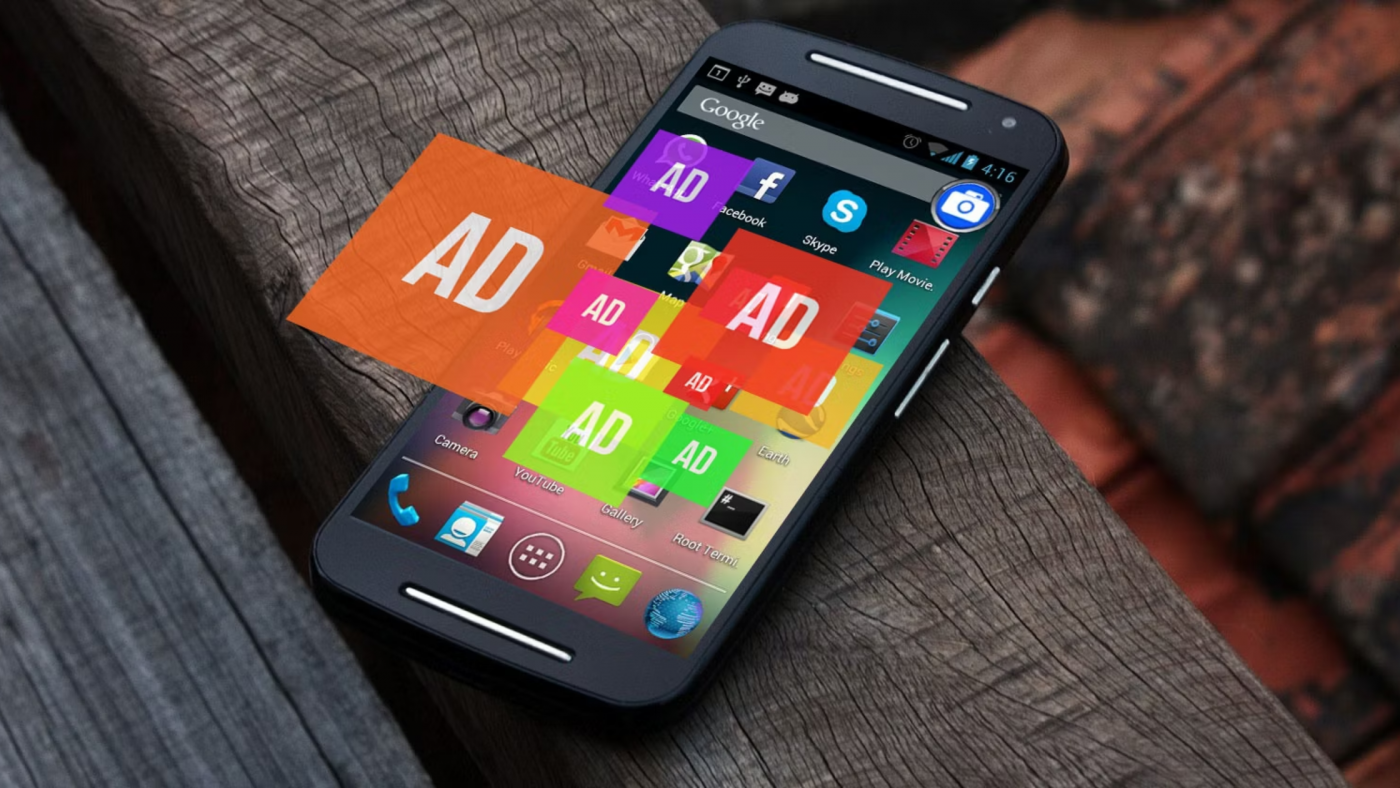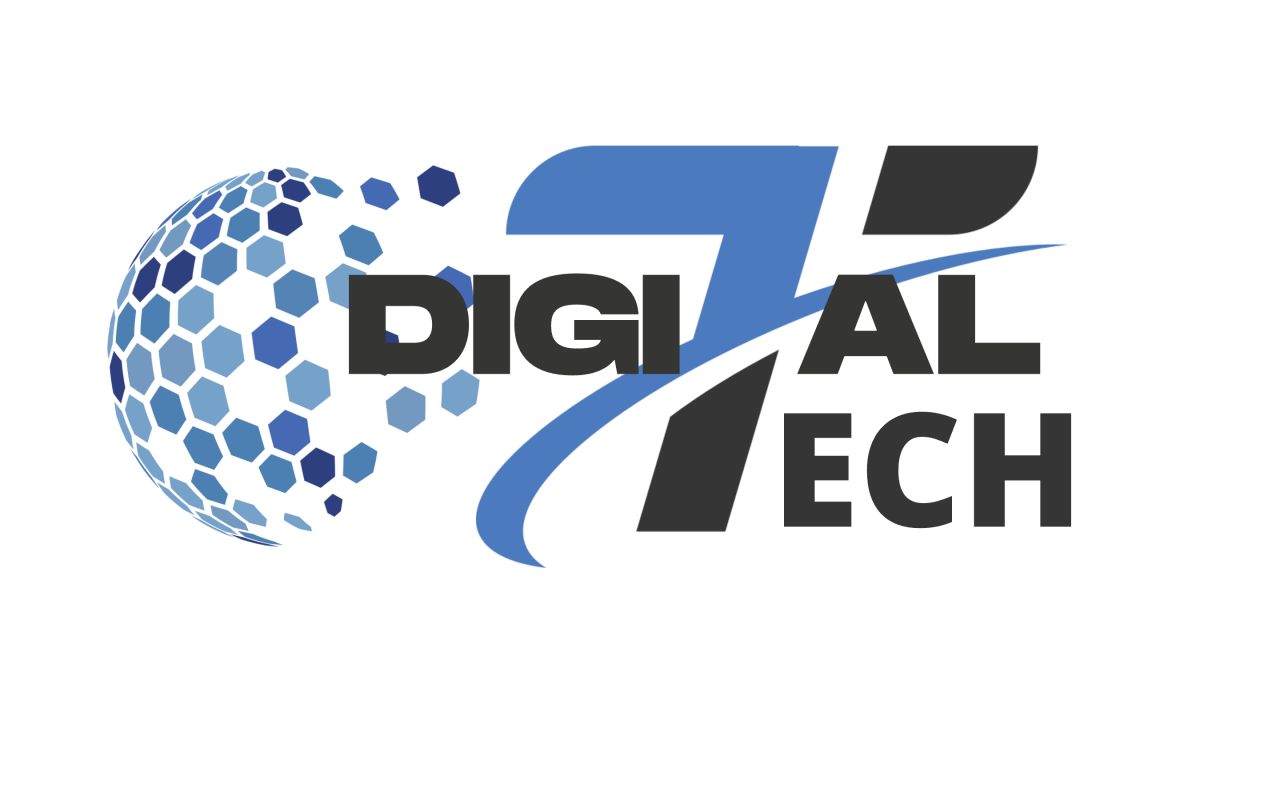In 2024, with rising smartphone use and advancing game technology, developers and advertisers will face a new landscape focused on engaging customers based on preferences while safeguarding privacy. The global gaming market is projected to reach $269 billion by 2025 and $240 billion by 2024.
These days, mobile game ads are more than just annoyances; they’re immersive and perfectly incorporated into the gameplay experience. We explore the complexities of mobile game advertisements in 2024 and learn about the innovations, trends, and problems that are propelling this dynamic digital entertainment sector.
1. Ads for mobile games in 2024
Mobile game advertisements have reached unprecedented levels of intricacy and integration, employing nuanced methods to engage gamers while respecting their time and preferences. Gone are the days of intrusive pop-ups disrupting gameplay.
Rwarded ads have emerged as a prominent trend in mobile gaming. Players can earn in-game benefits, such as extra lives or virtual currency, by watching short videos or interacting with these ads.
This mutually beneficial relationship transforms ads into opportunities to enhance the gaming experience, rather than interruptions. Developers favor rewarded ads for their ability to boost user retention.

Ads for mobile games in 2024
In addition to rewarded ads, playable advertisements have become a potent tool for engaging viewers. These interactive ads allow users to experience a miniature version of the promoted game firsthand.
Multi-page ads offer players a hands-on experience by combining video and playable elements, showcasing gameplay mechanics and graphics. This captivating approach enhances conversion rates and generates excitement among players.
As mobile gaming evolves, so do the targeting and personalization features of game ads. Advertisers leverage extensive user data to create customized content based on demographics, interests, and gaming history.
This hyper-targeted strategy increases ad resonance and interaction rates, aided by real-time ad distribution and optimization through machine learning algorithms.
2. Monetization of mobile games: IAP and IAA
By 2024, the commercialization of mobile games will have transformed, with in-app purchases (IAP) and in-app advertising (IAA) emerging as primary revenue streams.
Predictions suggest that by the end of 2024, IAP revenues will exceed $44 billion. Developers have refined their strategies to offer players a wide range of virtual enhancements, enhancing the gaming experience.
IAPs fulfill players’ desires for progression and personalization, whether unlocking new levels, discovering rare items, or accessing premium features.
To lower entry barriers and boost player engagement, developers have embraced the freemium model, offering games for free while monetizing through IAPs.

Monetization of mobile games IAP and IAA
Concurrently, in-app advertising (IAA) has surged in popularity, employing sponsored content, rewarded videos, and targeted ads to generate revenue. Experts anticipate IAA revenues alone to reach $177 billion by 2024.
Seamlessly integrating ads into the gaming experience allows developers to monetize their creations without compromising player satisfaction.
The synergy between IAP and IAA enables developers to effectively monetize both paying and non-paying users, ensuring the sustainability and profitability of mobile games.
Balancing IAPs and IAAs is crucial to avoid alienating users with overly aggressive monetization while covering development costs.
Understanding player preferences and behaviors in this evolving gaming landscape is essential for optimizing monetization strategies and fostering a healthy gaming ecosystem.
3. Mobile game monetization and user acquisition in 2024
In 2024, mobile game monetization and user acquisition (UA) strategies are closely linked, relying heavily on effective mobile game ads. Developers refine monetization and UA tactics using advanced methods and tools to maximize revenue and attract new gamers.
A significant trend in mobile game monetization is the adoption of a hybrid model combining in-app purchases (IAP) and in-app advertising (IAA). This shift aims to target audiences likely to engage with their games effectively.

Mobile game monetization and user acquisition in 2024
Developers invest heavily in personalized advertising for UA strategies, aiming to attract high-value players who are inclined to make in-app purchases. They leverage data-driven insights and enhanced targeting capabilities to maximize UA efforts.
AI and machine learning integrate for real-time ad campaign adjustments, leveraging user behavior and performance metrics, and transforming UA strategies.
This data-driven approach boosts UA effectiveness and enhances the user experience with personalized ad content.
Developers also emphasize transparency, user consent, and non-intrusive ad placements to foster positive experiences and successful game monetization.
4. Which UA channels generate the most money for mobile games?

Which UA channels generate the most money for mobile games?
- Social media platforms such as Facebook and Instagram, known for their large audiences, precise targeting options, and high engagement rates, remain top choices for mobile game advertising. Enhanced ad formats, like video and playable ads, effectively capture consumer attention and drive conversions.
- Google Ads, leveraging its extensive user base and advanced algorithms across search and display networks, prove highly effective for acquiring users (UA) for mobile games. They offer precise audience targeting through multiple touchpoints.
- Offerwall channels provide compensated mobile game advertisements.
- The Google Play Store and Apple App Store serve as direct UA channels where developers can promote their games to users actively seeking new applications and games.
- Ad networks and programmatic advertising platforms offer developers a range of inventory and targeting options, enabling precise audience segmentation and the efficient allocation of ad budgets.
- Influencer marketing has emerged as a potent UA strategy for mobile games in 2024, leveraging the influence and reach of social media influencers to encourage followers to download and engage with games.
- Emerging trends include platforms like TikTok, which is increasingly popular for UA among younger audiences, signaling shifts in mobile game marketing strategies.
5. Conclusion
In 2024, innovation, strategic integration, and data-driven optimization will shape mobile game ads, monetization, and user acquisition campaigns.
Developers now blend in-app purchases with in-app advertising, maximizing revenue potential and offering players choice.
Achieving a balance between revenue generation and user satisfaction demands ongoing iteration and strategic enhancements informed by performance metrics and user feedback.

